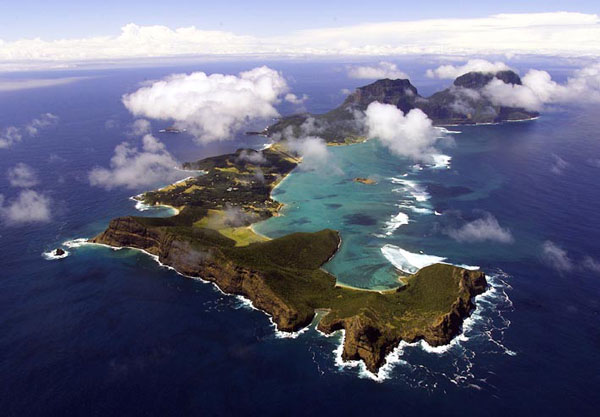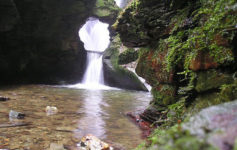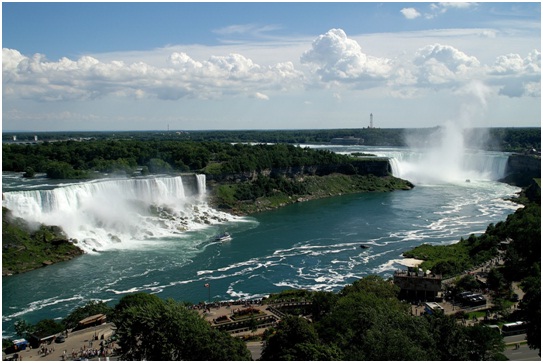No one will ever doubt that Australia is one of the most appealing and interesting countries to visit. This is because the entire territory of Australia, from the islands near the mainland, to the desert areas, to the urban parts of the country, is blessed with natural and man-made attractions that for centuries have dazzled and continue to dazzle holidaymakers from around the world. Today we’ll have a look at five of Australia’s currently 18 natural UNESCO World Heritage-listed Sites that are not to be missed for anyone visiting this amazing land of spectacular landscapes, natural wonders and indigenous culture.
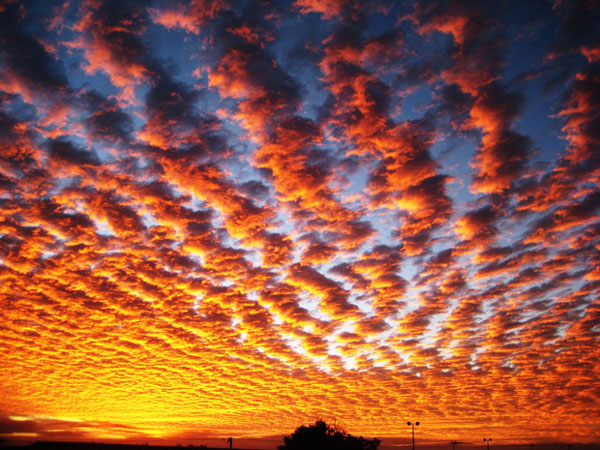
Australian Fossil Mammal Sites
Found in Riversleigh in Queensland and Naracoorte in South Australia, the truly interesting Australian Fossil Mammal Sites are among the world’s 10 greatest fossil sites, with exclusive illustrations of the evolution of the country’s unique fauna. In the Naracoorte caves visitors will find over 100 kinds of fossils, including giant prehistoric kangaroos, long-extinct marsupial lions and giant wombats. Fossil remains of ancient mammals are also found in Riversleigh, located in North West Queensland. Here placental mammals are represented by over 35 bat species with the Riversleigh fossil bar record being the richest in the world. It’s forbidden to enter Riversleigh, but at Naracoorte visitors can indulge in tours of various caves and encounter prehistoric nature and evolution.
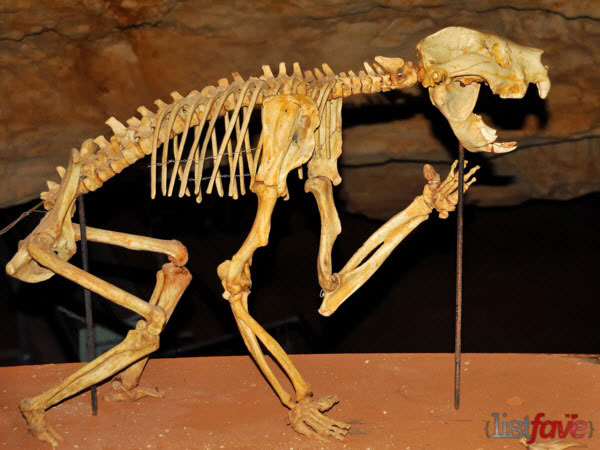
Fraser Island
A popular tourist destination in Queensland, Fraser Island is regarded as the largest sand island in the world, 123 kilometers in length and up to 22 kilometers in width, which was added to the world heritage list in 1992. Within the island there are more than a hundred azure freshwater lakes, white sandy beaches and dramatic sea cliffs, as well as tall rainforests growing on sand dunes above 200 meters elevation, filled with a diverse range of plant life. There are numerous ways visitors can experience this fascinating island. You can join one of the many Fraser Island Tours, hire a 4WD, take a scenic flight over Fraser Island, or else hike part or all of the island’s Great Walk.
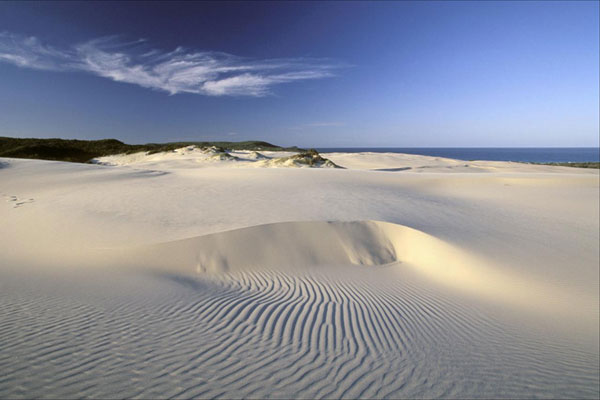
Shark Bay, Western Australia
Declared a UNESCO World Heritage Site in 1991, Shark Bay, so named by William Dampier in 1699, is a fusion of great biological diversity, fascinating ecology and outstanding natural beauty that never fails to amaze nature lovers and adventure seekers alike. The bay has numerous shallow peninsulas and is home to the famous dolphins of Monkey Mila and the world’s largest population of dugongs (about 10000). Shark Bay is also an important nursery ground for larval stages of crustaceans, fish and medusa. Activities in Shark Bay are endless, from taking a truly beautiful flight over the area to exploring the stunning Francois Peron National Park to enjoying a wildlife cruise and this is just the beginning. Holidaymakers come to this scenic island to sea-kayak, snorkel and scuba dive in the world’s largest man-made lagoon system for sharks to come face-to-face with these amazing creatures and feel as if you are in the Great Barrier Reef.
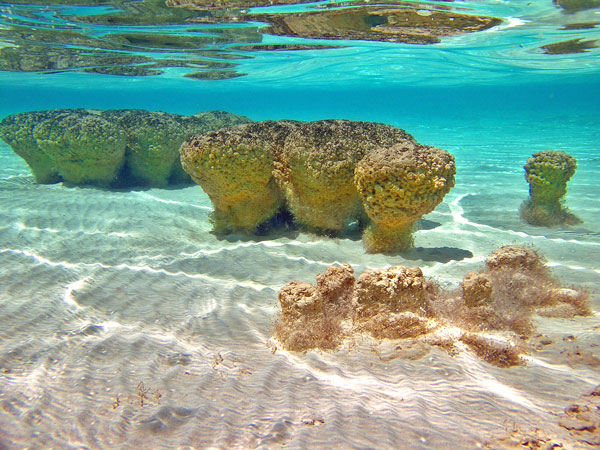
Queensland Wet Tropics
A magical region of ancient rainforests and tropical plants, fast-flowing rivers and deep gorges, spectacular mountains and waterfalls, wetlands and coastal beaches, the Wet Tropics of Queensland is one of Australia’s largest rainforest wilderness areas, situated in the Daintree River valley. The area welcomes you with abundant activities, so get ready to discover some of the most stunning locations found anywhere in the world. The Queensland Wet Tropics was declared a UNESCO World heritage Site in 2007.
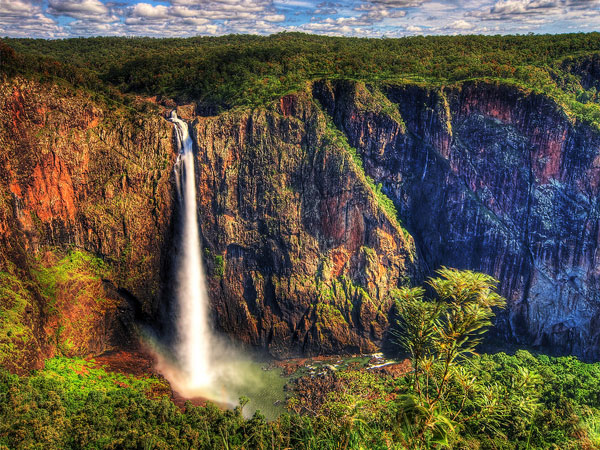
Lord Howe Island Group
Located 450 kilometers off mainland Australia, the awe-inspiring Lord Howe Island, rising out of the ocean and curving around an aquamarine lagoon, is another natural wonder of Australia, which is a far-flung, volcanic treasure, featuring beautiful forests, safe, flawless beaches and unique wildlife. And as far as tourist numbers are limited, the island never gets crowded, giving visitors the opportunity to freely explore the walking trails, go fishing or else snorkel amongst the picture-perfect brilliantly-colored coral. What more, the surrounding waters have been declared a Marine Park with about 500 fish species.
